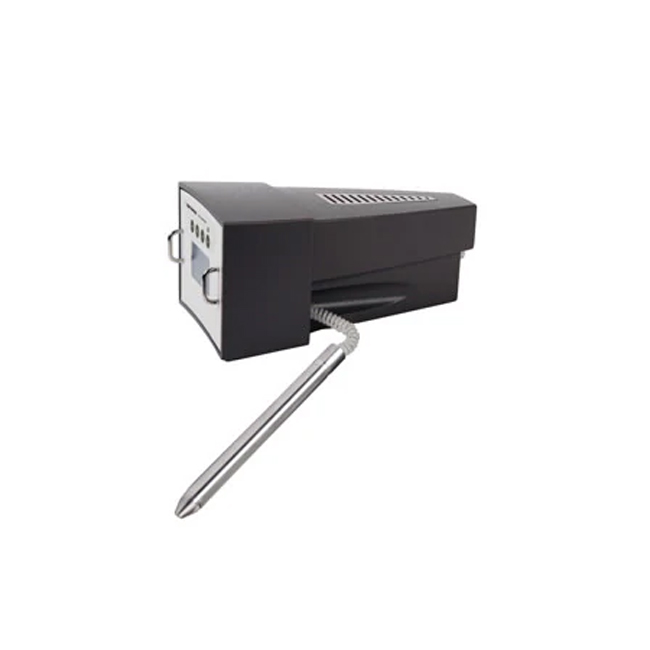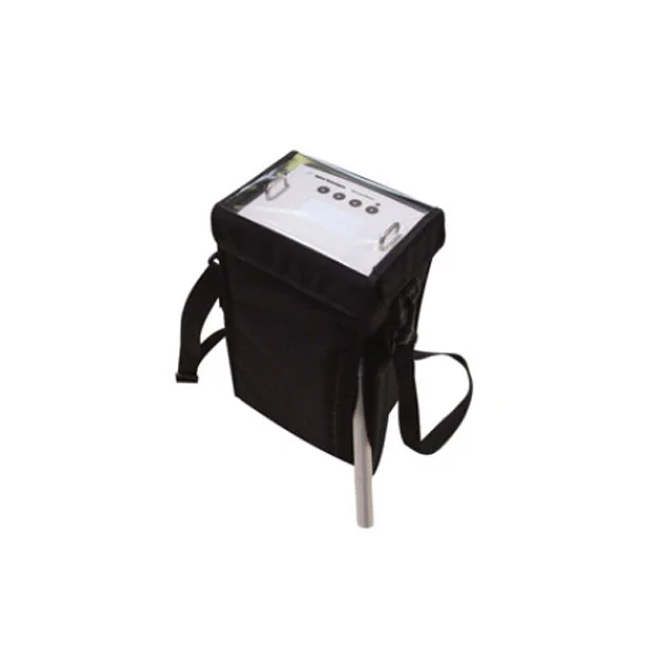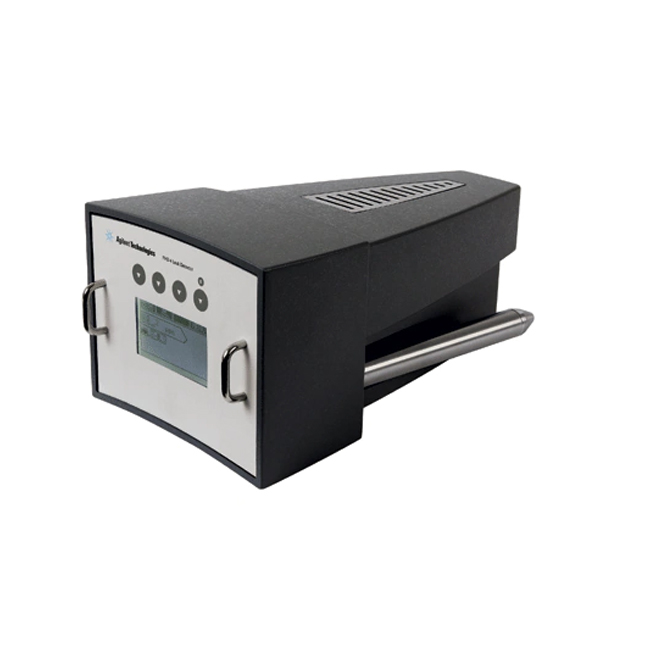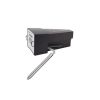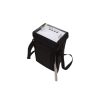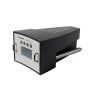PHD-4 Sniffer
The PHD-4 sniffer leak detector is able to detect very small leaks in objects that have a slight helium/air pressure inside. The lightweight and rugged sniffer is sensitive to helium concentrations as small as 2 ppm- equivalent to a leak rate of 5x 10-6 atm-cc/sec, far superior to the performance by other means of detecting leaks, such as bubble-testing. The PHD-4 sensitivity relies on Agilent’s proprietary and patented SIPD (Selective Ion Pump Detection) technology. Since it is controlled by a microprocessor, the PHD-4 is easy to use with no training required. All tuning and zeroing are handled automatically. The display can be set to use any of four languages (English, French, German, and Italian).


 Tiếng Việt
Tiếng Việt